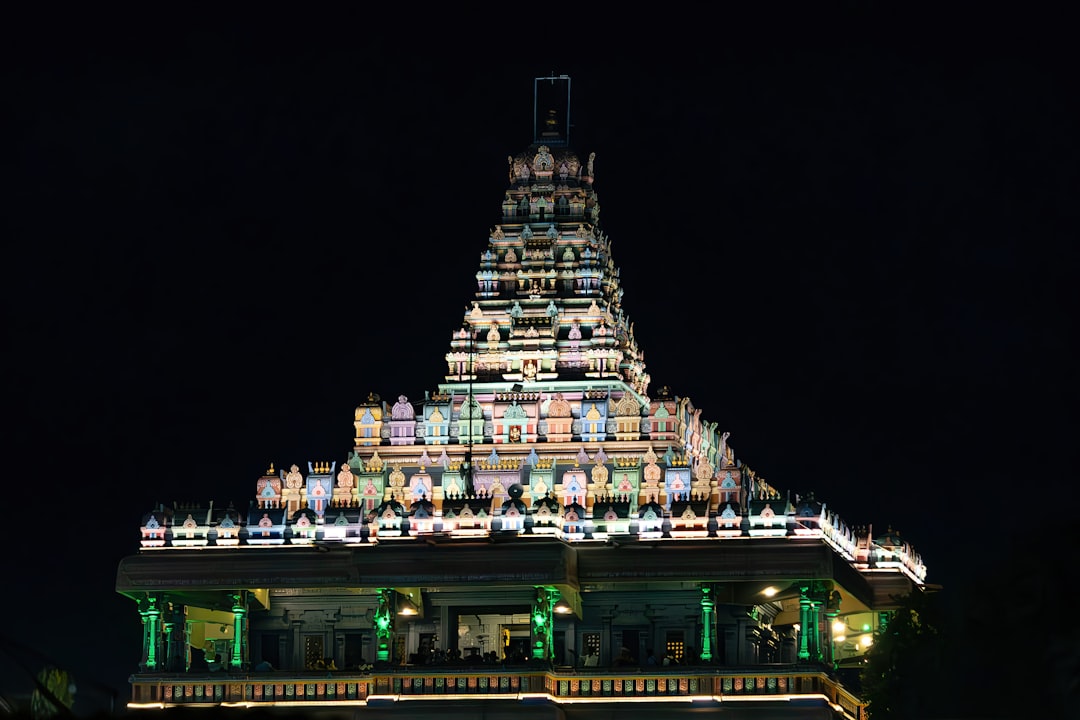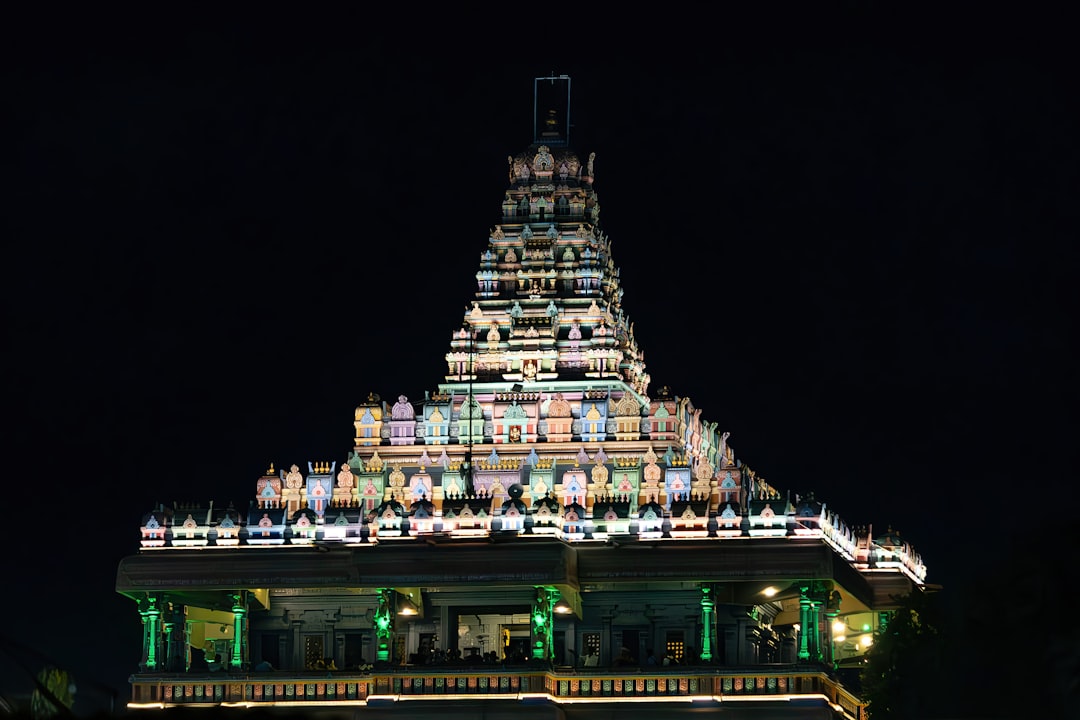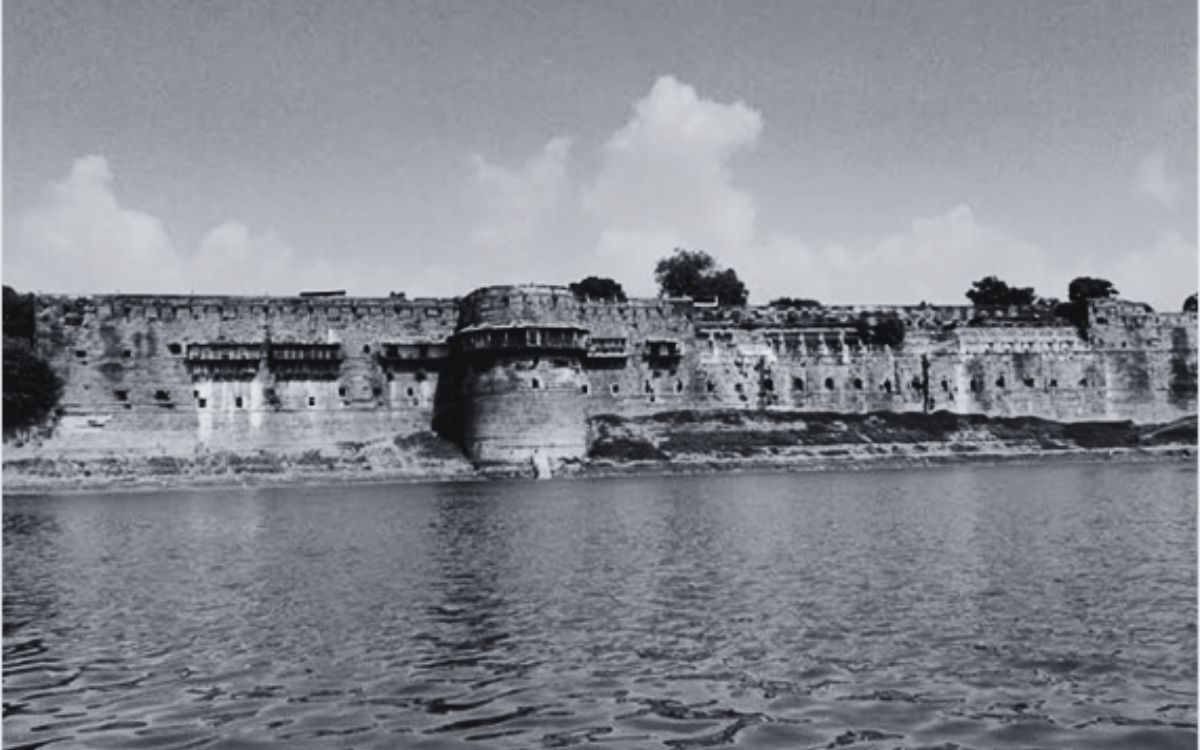Prayagraj, formerly known as Allahabad, is more than just a holy city in India. It’s deeply intertwined with the history of the Nehru family, one of India’s most influential political dynasties. For generations, Prayagraj served as their home, their base, and a constant source of inspiration. Let’s explore the deep roots of the Nehru family in this historic city.
Anand Bhawan: The Abode of Happiness
The story begins with Anand Bhawan, which translates to “Abode of Happiness.” This ancestral home of the Nehru family wasn’t just a house; it was a hub of political activity and a symbol of India’s struggle for independence. Originally, the family lived in a smaller house, Swaraj Bhawan, which was later donated to the Indian National Congress. Motilal Nehru, a prominent lawyer and Jawaharlal Nehru’s father, built Anand Bhawan in the 1930s.
Anand Bhawan witnessed countless meetings between prominent freedom fighters, strategic planning sessions for the independence movement, and served as a welcoming place for people from all walks of life. It’s now a museum, open to the public, where you can walk through the rooms where Nehru and his family lived, worked, and dreamed of a free India. Seeing the personal belongings, photographs, and documents gives you a real sense of their life and times.
Motilal Nehru: A Pioneer in Law and Politics
Motilal Nehru played a crucial role in shaping the family’s legacy in Prayagraj. He was a successful lawyer who later dedicated himself to the cause of Indian independence. His decision to give up his lucrative law practice and immerse himself in politics had a profound impact on his family, particularly his son, Jawaharlal.
Motilal’s influence extended beyond his immediate family. He was a key figure in the Indian National Congress and helped to shape the party’s policies. His presence in Prayagraj made the city a significant center for political activity.
Jawaharlal Nehru: From Prayagraj to the Nation
Jawaharlal Nehru, India’s first Prime Minister, spent a significant part of his life in Prayagraj. He inherited his father’s political ideals and dedicated his life to building a modern and independent India. Growing up in Anand Bhawan, surrounded by political discussions and nationalist fervor, shaped his worldview and prepared him for his future role.
Even after becoming Prime Minister, Nehru maintained strong ties with Prayagraj. He frequently visited the city and remained connected to its people. Prayagraj was, in many ways, his anchor, a place he could return to for solace and inspiration.
Indira Gandhi: Carrying on the Legacy
Indira Gandhi, Jawaharlal Nehru’s daughter and a future Prime Minister, also spent her formative years in Prayagraj. She witnessed firsthand the sacrifices her family made for the nation and imbibed their commitment to public service. Like her father, she maintained a strong connection to Prayagraj throughout her life.
While Indira Gandhi’s political career took her to Delhi, Prayagraj remained an important part of her identity. She understood the city’s significance in her family’s history and in the broader context of the Indian independence movement.
The River Ganga and Its Spiritual Significance
Prayagraj is situated at the confluence (Sangam) of three holy rivers: the Ganga, the Yamuna, and the mythical Saraswati. The river Ganga, in particular, holds immense spiritual significance for Hindus. The Nehru family, while embracing modern ideas, also respected the religious and cultural traditions of the region. The river, flowing through Prayagraj, served as a constant reminder of India’s rich heritage.
Prayagraj: A City Shaped by History
The Nehru family’s presence in Prayagraj left an indelible mark on the city. Their contributions to the freedom movement and their commitment to social justice helped shape the city’s character. Prayagraj is not just a place; it’s a living testament to the Nehru family’s legacy and their enduring connection to India.
Swaraj Bhawan: A Gift to the Nation
As mentioned earlier, the original Nehru family home, Swaraj Bhawan, was donated to the Indian National Congress to be used as their headquarters. This act of selflessness demonstrates the family’s commitment to the nation’s cause. Swaraj Bhawan played a crucial role in the freedom struggle, serving as a meeting place for leaders and a center for political activities.
The Enduring Legacy
The Nehru family’s story is deeply intertwined with the history of Prayagraj. Their ancestral home, Anand Bhawan, stands as a reminder of their contributions to India’s independence and their commitment to building a better nation. The city of Prayagraj continues to cherish their memory and honor their legacy.
Frequently Asked Questions
Why is Prayagraj so important to the Nehru family?
Prayagraj was their ancestral home and a center of their political activities. It’s where they grew up, formulated their political ideologies, and launched their careers in public service.
What is Anand Bhawan?
Anand Bhawan is the ancestral home of the Nehru family in Prayagraj. It’s now a museum showcasing their life and contributions to India’s independence.
Who built Anand Bhawan?
Motilal Nehru, Jawaharlal Nehru’s father, built Anand Bhawan in the 1930s.
What is Swaraj Bhawan?
Swaraj Bhawan was the original Nehru family home, which was later donated to the Indian National Congress.
How did the Nehru family contribute to the Indian independence movement?
The Nehru family played a pivotal role in the Indian independence movement through political activism, leadership, and financial contributions. They inspired countless people to join the struggle for freedom.
In conclusion, exploring the Nehru family’s roots in Prayagraj provides a fascinating glimpse into the lives of individuals who shaped modern India. Their story is one of sacrifice, dedication, and a deep love for their country. Visiting Prayagraj and Anand Bhawan offers a unique opportunity to connect with this history and appreciate the enduring legacy of the Nehru family.



